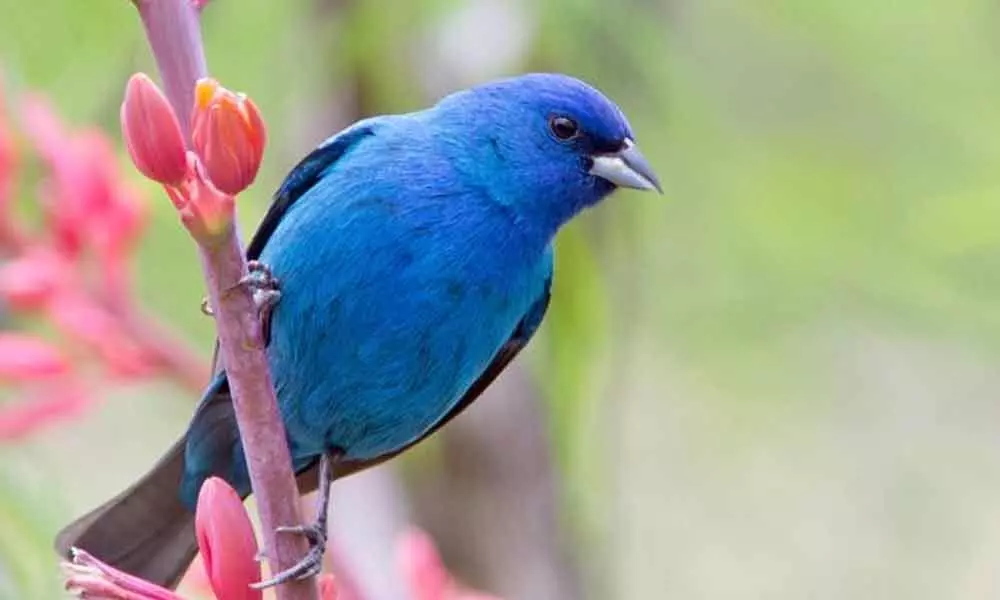Where have the wild birds gone?

North America's skies are lonelier and quieter as nearly 3 billion fewer wild birds soar in the air than in 1970, a comprehensive study shows.
Washington: North America's skies are lonelier and quieter as nearly 3 billion fewer wild birds soar in the air than in 1970, a comprehensive study shows.
The new study focuses on the drop in sheer numbers of birds, not extinctions. The bird population in the United States and Canada was probably around 10.1 billion nearly half a century ago and has fallen 29 per cent to about 7.2 billion birds, according to a study in Thursday's journal Science.
"People need to pay attention to the birds around them because they are slowly disappearing," said study lead author Kenneth Rosenberg, a Cornell University conservation scientist. "One of the scary things about the results is that it is happening right under our eyes. We might not even notice it until it's too late." Rosenberg and colleagues projected population data using weather radar, 13 different bird surveys going back to 1970 and computer modelling to come up with trends for 529 species of North American birds. That's not all species, but more than three-quarters of them and most of the missed species are quite rare, Rosenberg said. Using weather radar data, which captures flocks of migrating birds, is a new method, he said. "This is a landmark paper. It's put numbers to everyone's fears about what's going on," said Joel Cracraft, curator-in-charge for ornithology of the American Museum of Natural History, who wasn't part of the study.
"It's even more stark than what many of us might have guessed," Cracraft said. Every year University of Connecticut's Margaret Rubega, the state ornithologist, gets calls from people noticing fewer birds. And this study, which she wasn't part of, highlights an important problem, she said. "If you came out of your house one morning and noticed that a third of all the houses in your neighborhood were empty, you'd rightly conclude that something threatening was going on," Rubega said in an email.
"3 billion of our neighbours, the ones who eat the bugs that destroy our food plants and carry diseases like equine encephalitis, are gone. I think we all ought to think that's threatening." Some of the most common and recognizable birds are taking the biggest hits, even though they are not near disappearing yet, Rosenberg said. The common house sparrow was at the top of the list for losses, as were many other sparrows.
The population of eastern meadowlarks has shriveled by more than three-quarters with the western meadowlark nearly as hard hit. Bobwhite quail numbers are down 80 per cent, Rosenberg said. Grassland birds in general are less than half what they used to be, he said. Not all bird populations are shrinking. For example, bluebirds are increasing, mostly because people have worked hard to get their numbers up.
















